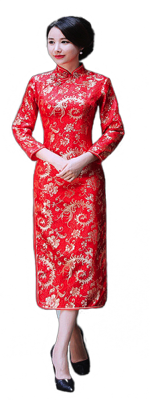RHS'69
2020 Chinese New Year
Year of the Rat
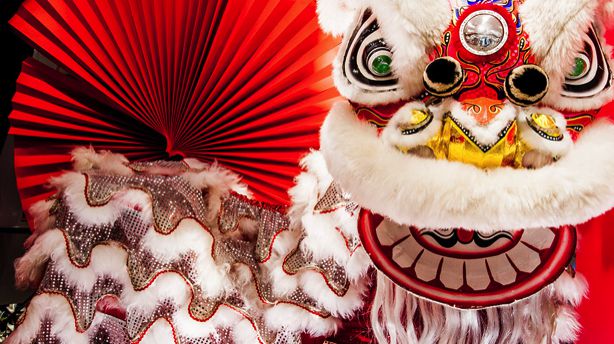
The Rat is the first of all zodiac animals.
According to one of many myths, the Jade Emperor said the order would be decided by the order in which they arrived to his party.
The story is the Rat tricked the Ox into giving him a ride. Then, just as they arrived at the finish line, the Rat jumped down and landed ahead of Ox, becoming first.
The Rat is also associated with the Earthly Branch and the midnight hours. In the terms of yin and yang, the Rat is yang and represents the beginning of a new day.
For those born in 1924, 1936, 1948, 1960, 1972, 1984, 1996, 2008 and 2020 have the Rat as their sign of the zodiac.
In Chinese culture, rats are seen as a sign of wealth and surplus. Because of their reproduction rate, couples pray to them for children.
Rats are seen as quick thinkers, successful but content with living a quiet and peaceful life.
The Chinese New Year, or Spring Festival, has more than 4,000 years of history and is the longest holiday of the year. In the 21st century, the national holiday begins on the first of the Lunar Calendar and lasts until the 15th of the first month. This year Chinese New Year begins on January 25th and ends February 8th.
In China, all stores are closed during the first five days of the Spring Festival, with some not opening until the very end. People must stock up on New Year supplies beforehand and many begin on the Laba Festival. Memorial ceremonies are held on this day to pray to ancestors and gods (such as door gods) for fortune and a successful harvest.
Kicking off the main festivities is the Little Year on January 17th, with the Spring Festival officially beginning January 25th (January 24th is New Year's Eve) and ending with the Lantern Festival on February 8th.
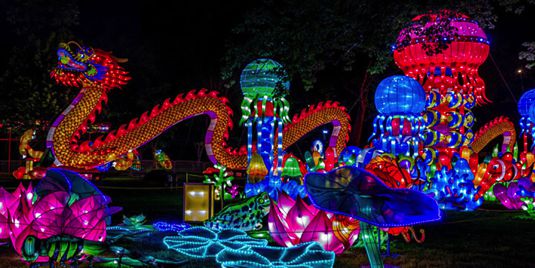
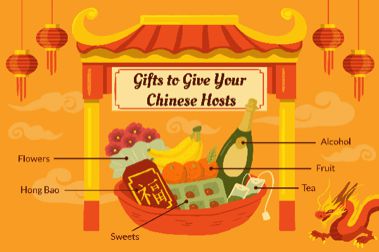
Family is the basis of Chinese society. The New Year's dinner is extremeily important and all families must attend.
If they can't, the family will leave their place empty and put spare utensils out for them.
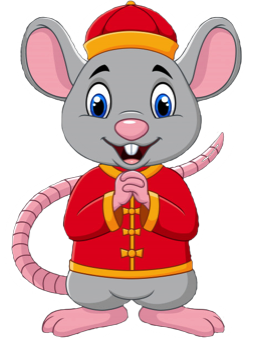
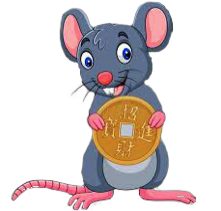
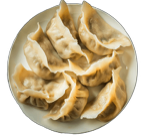
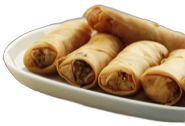
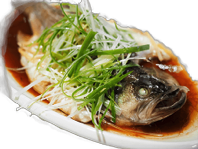
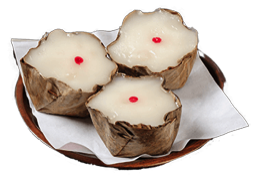
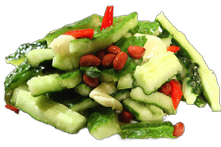
A lot of care and thought is put into the menu for the most important holiday of the year.
As with Chinese New Year activities and decorations, the dishes are created to give blessings for the next year. Both the names and looks are symbols of wishes for prosperity, happiness and auspiciousness.
Though every region (even household) have different customs, there are some common dishes seen on every table.
Spring rolls 春卷
Eggrolls are probably the
most well-known, however
they’re actually “spring
rolls.” They can appear on the
table as a dinner dish, appetizer or snack.
Dumplings 饺子
This is the northern equivalent
of spring rolls. They are eaten
during every special occasion,
but are the most significant
during Chinese New Year.
By wrapping dumplings, you
are wrapping in the fortune. After
eating them, you will live a wealthy and prosperous life.
Some people will also put a coin in a random dumpling. Whoever eats it will have great luck that year.
Noodles 长面
In some places, it’s custom to cook dumplings and noodles together.
This is called gold silk and
gold ingots. It’s yet another
dish to express people’s
wishes for prosperity.
For Chinese New Year,
people like to eat long
noodles or “longevity noodles.”
You aren’t allowed to cut them and should try not to chew either. The longer the noodle, the longer your life will be. This calls for a lot of slurping.
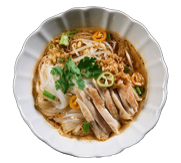
Steamed Fish 蒸鱼
Fish is a must for the
Chinese New Year.
Fish symbolizes surplus
and wealth. In Chinese,
fish has the same
pronunciation as 余, which
means “surplus” or “extra.”
Half of the fish is eaten for dinner, and the second half the next day. This is to prolong the surplus and make the future prosperous as well.
Steamed Chicken 蒸鸡
A whole chicken is another symbol of family. One
chicken is enough to feed an entire family
and it represents reunion and rebirth.
To express this auspicious meaning,
people keep the head and claws.
After cooking, people will first offer the
chicken to the ancestors. Though only a
superstition now, praying to the ancestors for blessings and protection is still a significant part of the Spring Festival and Chinese culture.
Nian gao 年糕
Nian gao, also known as “rice cake” or “New Year cake” in English, are a must for Chinese New Year.
In ancient times, nian gao were
used only as offerings to the
ancestors and gods. Gradually,
they became a traditional dish
during the Spring Festival. Now they
are available everyday of the year,
but are still a special treat for the festival.
Vegetable dishes
Spring is the season to plant new
seeds. Traditionally, the Spring
Festival is the best time to finish
all the vegetables stored and
preserved from the winter.
Some symbolic vegetables to consider are:
Seaweed: symbolize wealth and fortune
Lotus seeds: a blessing for many children and a healthy family
Bamboo shoots: represent longevity, as well as going onward and up
Muskmelon and grapefruit: symbolize family and hope. In addition, grapefruit symbolizes wealth and prosperity
Osmanthus flower petals: in Chinese, osmanthus (桂—guì) is a homophone 贵, which means noble and precious
Leek/chives: leek (韭—jiǔ) sounds similar to 久, meaning long and everlasting
Poria mushrooms: another play on words, this mushroom (茯苓—fú líng) sounds similar to 福禄 (fú lù), or blessings and fortune
Hot pot 火锅 (huǒ guō)
For many, hot pot is the centerpiece of Spring Festival dinners. Similar to the Japenese
Shabu-Shabu, it’s simply a
bubbling pot and plates of
uncooked meat and
vegetables. You can choose
whatever you like to throw
into the pot. Wait until it’s
cooked, take it out and eat.
Spring Festival Wine and Drinks
The most important meal of the year is the New Year’s Eve reunion dinner. There may not be dumplings, fish or hot pot, but every household will have wine on the table.
There’s no enforced drinking age in China so everyone in the family will at least take a sip on that night. It’s believed that the alcohol can protect from bad luck.
The Chinese will drink during dinner. And after, they’ll continue drinking as they wait for midnight to come. Then when they pay New Year visits or have guests come over, alcohol is brought out again. You can imagine the outcome. Regardless, everyone is expected to pay attention to politeness and respect.
White Wine 白酒—báijiǔ
The most common alcohol is Chinese white wine, or baijiu. The name comes from its clear color. Because it is usually made from fermented sorghum, it is also known as white sorghum wine. Wheat, barley and glutinous rice are among the alternatives.
Although similar to other East Asian drinks, baijiu is more similar to vodka. Shot glasses are used for drinking.
Chinese moutai (white wine)
Moutai is the most well-known brand of baijiu in China.
There are both flavored and unflavored baijiu. A popular unflavored drink is èr guō tóu (二锅头). The most well-known flavored baijiu is probably Moutai (茅台—máo tái). There are also two types of baijiu that play a significant role in Chinese New Year celebrations.
Tusu wine 屠苏酒
Tusu wine, a type of baijiu, was named from the tusu style building it was created in. It’s also called suìjiǔ (岁酒), “sui” being a synonym of “nian.”
Chinese New Year tusu wine
Tusu wine ingredients can include cinnamon, Sichuan pepper, aconite, monkshood and other spices.
What’s significant about tusu wine is the drinking order. According to Chinese customs, the eldest of the family must give their blessings and drink first. But with tusu wine, it’s the opposite. Children are allowed to go first.
Jiao wine 椒酒—jiāo jiǔ
Jiao wine adds flowers of Sichuan peppers and cypress tree leaves to baijiu. Like tusu, children are the first to drink jiao wine.
The wine symbolizes peace, health and longevity. It is used as an offering to the ancestors. Parents also use jiao wine to give New Year blessings.
There are also more rules than just the drinking order. Toasting goes in order of rank and/or age. For extremely formal dinners, there’s even an emcee so everything can run smoothly.
When toasting, you should hold the glass with your right hand and support it with your left. While clinking glasses with someone higher than you in either aspect, make sure your glass is lower. If you’re sitting too far away, raise the glass and tap it against the side of the table.

Chinese culture is based off of Confucianism which emphasizes manners, politeness and respect. Age, status and rank are ingrained into actions. This is especially clear during Chinese New Year.
The act of greeting and blessing during Chinese New Year is called 拜年 (bài nián), which literally means to pay a visit for the New Years. You must visit the eldest from the husband’s side in the family first. Don’t forget to bring gifts!
In return, the grandparents and elders will
give the younger generation red
envelopes. The money in red envelopes
is also known as 压岁钱 (yā suì qián).
Literally, it is “money to anchor the year.”
In the past, the money was in
the form of coins shaped like
donuts. Parents would use red string to tie the coins
together and give to their children.
Things have changed and now currency is wrapped in red paper and put into red envelopes. By giving the money to the children, the elders are also hoping to pass on a year of good fortune and blessings. In some regions of China, rather than between generations, married couples will give red envelopes to their unmarried friends to transfer some luck.
To receive your gift, you must perform 3 kowtows to the elders.
Kowtow (磕头—kē tóu) literally means to knock your head (against the floor.) Basically, you kneel and place your hands on the ground before you. Bend over and rest your head between your hands. This is the ultimate show of respect.
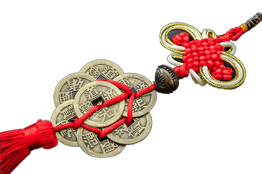
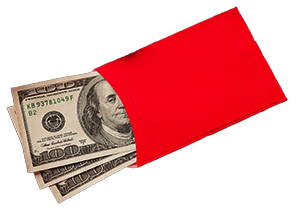
The most important rule of all: no arguments, crying, bickering or fights while eating. It’ll bring bad luck and ruin the mood.
There is so much more than we can fit in this article. If you go here you can see different items highlighted for the 2019 Chinese New Year that also apply.
Men born in the year of the Rat are clever and adapt quickly to new environments. They are creative when taking advantage of opportunities but sometimes lack the courage to do so. Although they have great ideas,
they might not be suitable for
leadership positions.
People born in the year of the Rat are generally optimistic, energetic and likable by all. They are sensitive to other’s emotions but are stubborn in their opinion. Their personality is kind, but due to weak communication skills, their words may seem impolite and rude.
Financially they like saving and can be stingy. However, their love for hoarding will sometimes cause them to waste money on unnecessary things.
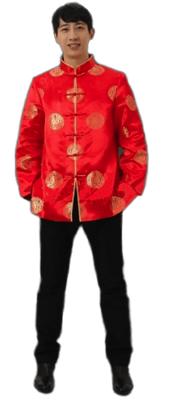
Women born in the year of the Rat are the traditional women. They love keepiing things organized and place great value on the family. Everything is taken care of by them and there is no need for their husband to worry. Outside of the home
they’re also someone with a
sense of responsibility
and ability.
Lucky things for Rats
Colors: blue, gold, green
Numbers: 2, 3
Flowers: lily, African violet, valley lily
Directions of auspiciousness: southeast, northeast
Directions of wealth: southeast, east
Directions of love: west
Unlucky things
Colors: yellow, brown
Numbers: 5, 9
Careers fit for Rats
Because of their independence and imagination, they are suitable for creative jobs such as authors, editors and artists. But if they join a team their creative outlet may be blocked.
Rats also pay attention to fine detail and are fit for technical work, such as engineering and architecture.
They are alert but have a lack of courage. This makes them unsuitable as police officers, entrepreneurs or other leadership and political positions. Although Rats make good financial decisions, they should be careful not to invest with a close friend. It will not only cause money problems, but also affect the friendship.
Health and lifestyle
Since childhood, many Rats have frail health. They have energetic personalities, but tire quickly. They catch colds often, but thankfully do not have serious illnesses.
They are sensitive to change in temperature. Not only is cold weather unbearable for them, they also can’t stand hot weather. But despite seeming weak and not being able to perform hard physical work, they enjoy longevity.
Rats can eat anything, whether they are delicacies or plain food. However, they should pay attention to their diet. Many times, they will get too into work and forget to eat. Going long periods without food and suddenly bingeing cause problems in their digestive system. Enemies of their health also include smoking and drinking habits.
For a healthy life, Rats must remember to eat breakfast, do moderate exercise and remain cheerful.

